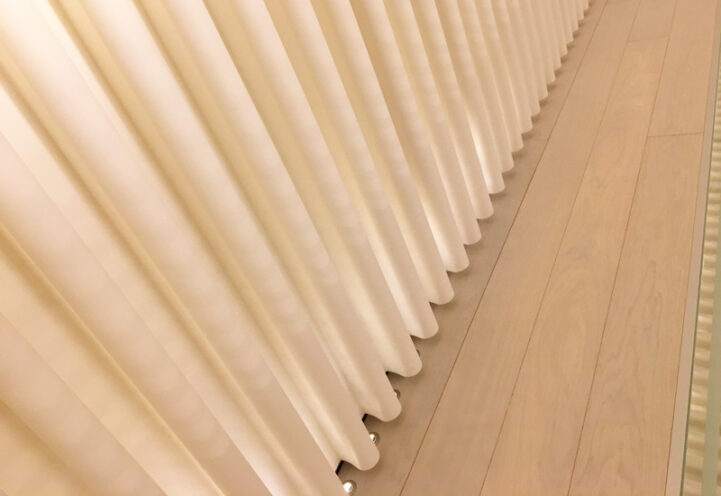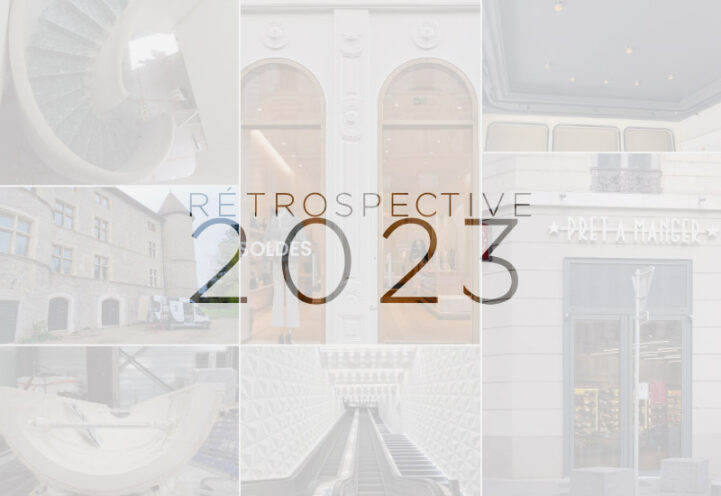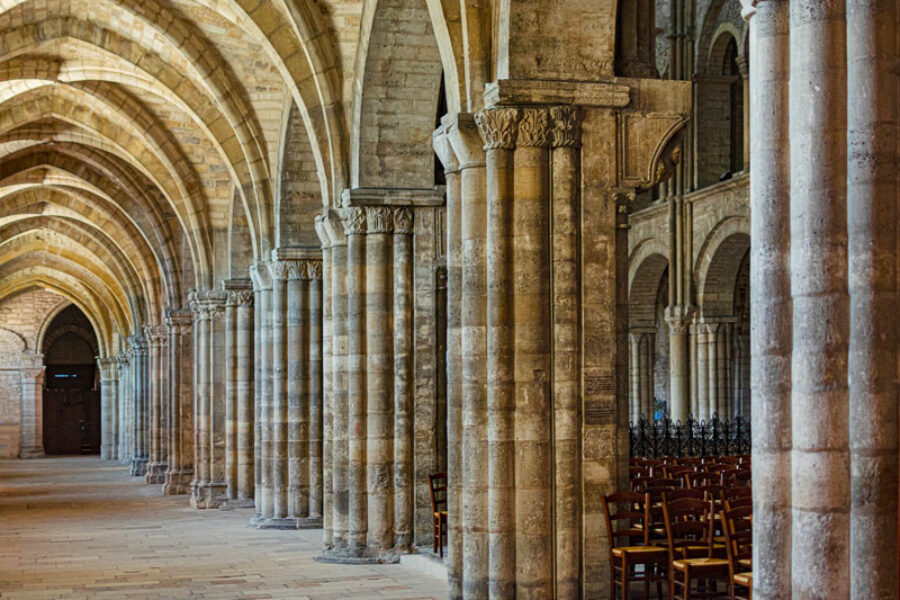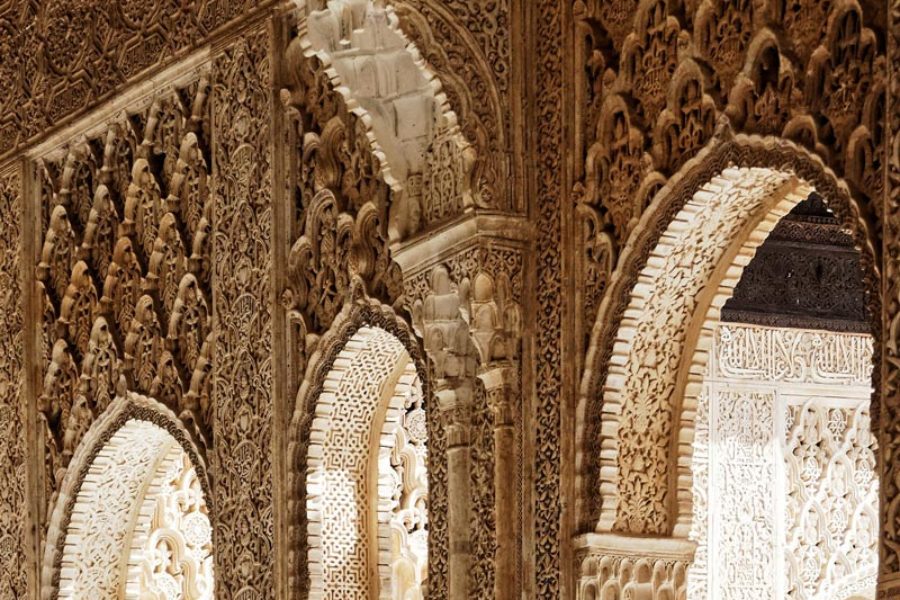Decorative styles in fibrous plaster
Decorative styles in fibrous plaster
Familiarity with the different styles of the decorative arts is a must for ornamental plasterers. There are many such styles, with one corresponding to each culture and period. In fact, it’s possible to identify a culture or an era by its architecture, including its ornamentation, mouldings and sculpted pieces.
As a material, fibrous plaster possesses a key property: its adaptability. Architectural elements from bygone eras can be created or reconstructed without that being visible to the naked eye. Ornamental plasterers put their ancestral know-how to work in the service of the decorative arts.
Evolution of decorative styles
Evolution of decorative styles
Major historical periods have different decorative styles. Similarities may exist between two periods, since architecture commonly borrows from the past for inspiration.
A brief timeline
A brief timeline
Click on the arrows to scroll left and right (best viewed in full screen mode)
Many historic monuments provide illustrations of the evolution of these decorative styles, which is even more striking in comparison to other cultures. Each style has its own distinctive characteristics.
Colours, ceiling heights and ornamental motifs are just some of the distinguishing features that can be used to determine the place and time of origin of a decorative effect.
Architectural ornamentation over the years
Architectural ornamentation over the years
Use of different styles in ornamental plastering
Ornamental plasterers are able to adapt to any style. The ancestral techniques employed by trades that work with fibrous plaster persist, while the profession of ornamental plasterer continues to evolve and modernize.
Flashback to the profession of plasterer in 1966 (in French)
Classical and contemporary creations
Classical and contemporary creations
The classics in the world of fibrous plaster include Louis XV ornamentation, Renaissance cornices and Art Deco ceilings. But you can also find light gorges, bars and even imitations of textures of all kinds.
Because this material is so malleable, ornamental plasterers are able to produce bespoke pieces to fit with any style.
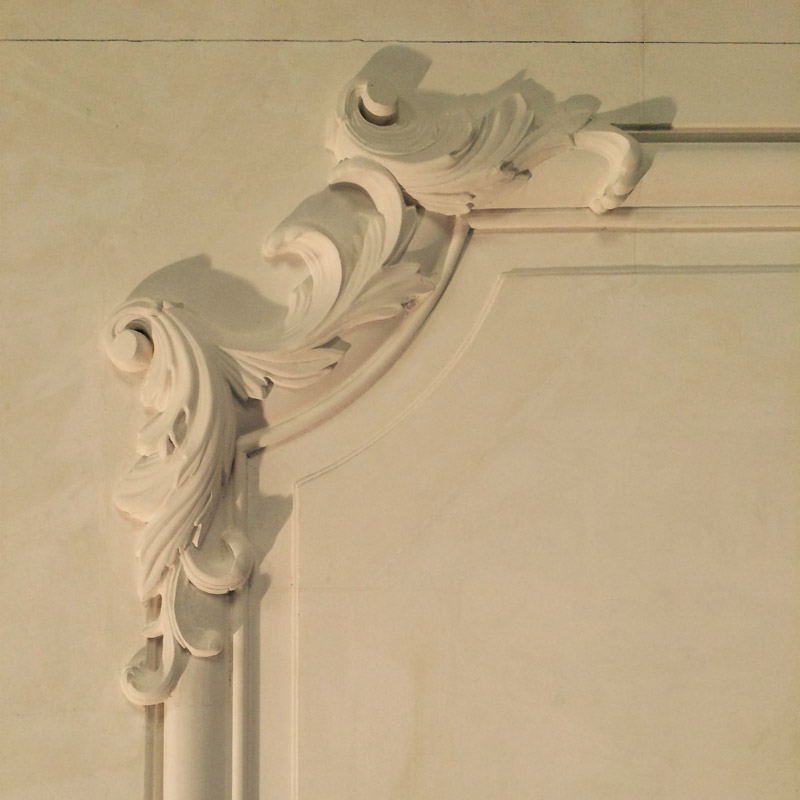
Restorations and reproductions
Restorations and reproductions
At times, the profession of ornamental plasterer involves restoring or reproducing decorative elements from days gone by. By making custom moulds and applying meticulous techniques like stamping, it’s possible to reproduce an identical copy of an architectural object.
Ornamental plasterers must ensure they preserve the element’s original decorative style, so the entire interior architecture remains consistent. The resulting piece can then be installed in its initial location.
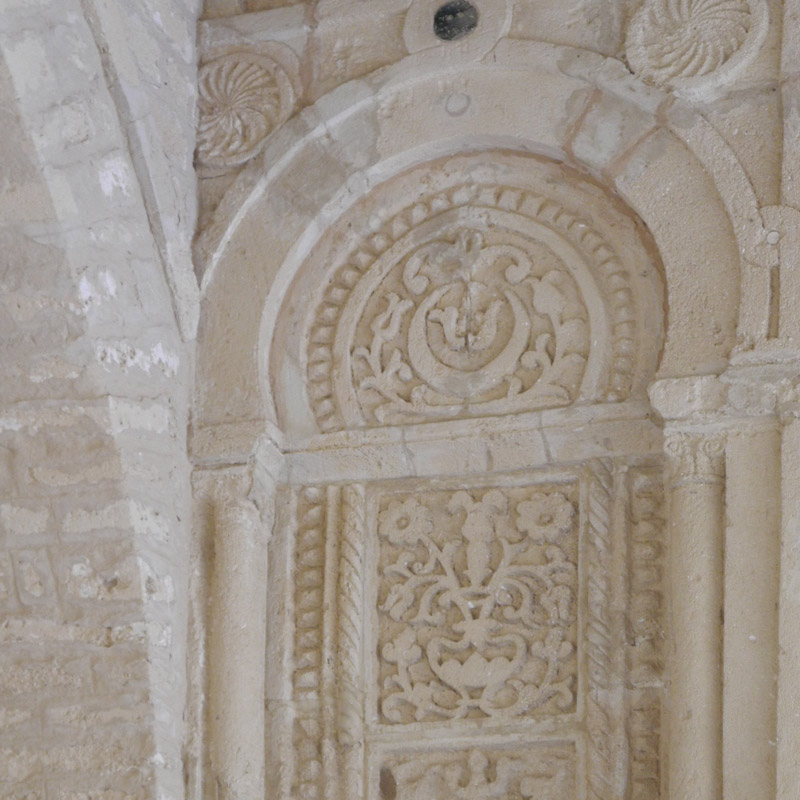
To read also
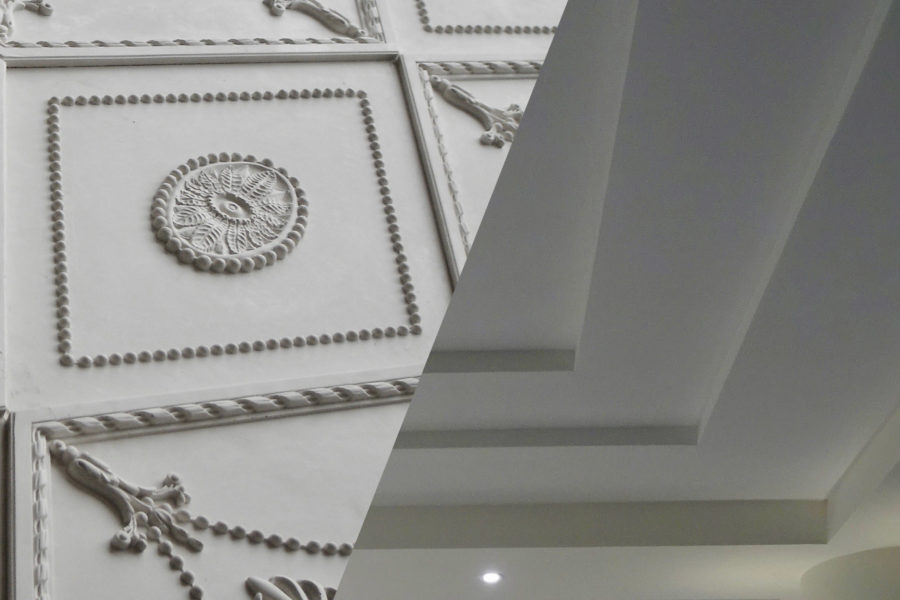
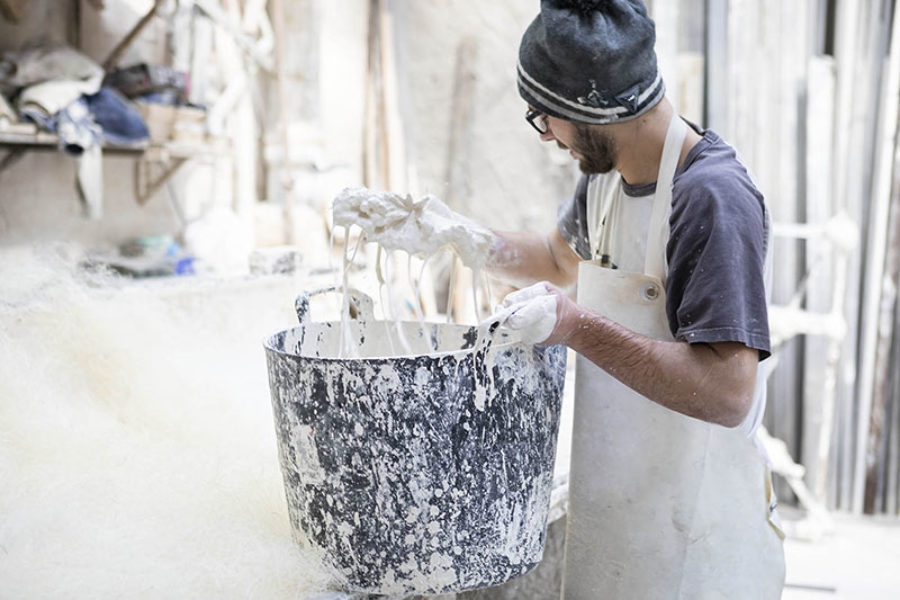
More information


